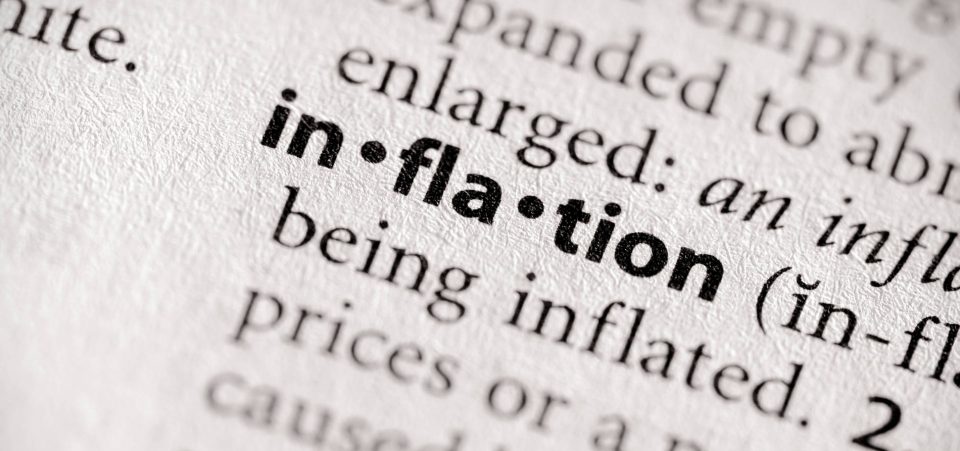Trumpflation, a Sign of the Times
The incoming American president, Donald Trump, might unleash a mix of policies aiming at economic growth. But the policies will ignore deficits and debt. The effects on the markets will not wait long to show up. They will be felt across various instruments, as well as on the monetary policies of Europe and emerging markets. Now, get ready for “Trumpflation.” (Source: “$1 trillion of spending, ‘Trumpflation’ and what it means for your portfolio,” CNBC, November 12, 2016.)
American voters are still pondering whether Hillary Clinton was defeated more by her own scandals and controversies or by President Barack Obama’s mistakes. There is no doubt that factors beyond the candidates’ control had significant impact. There has been a drawn-out period of global economic stagnation, which has hurt the American middle class. “Trumpflation” could soon become a catchword to describe the world according to Trump, the 45th American president.
Contrary to the expectations of many conservatives and liberals alike, Trumpflation will emerge from Trump’s likely mix of Keynesian growth recipes and protectionism. Much of the policy will focus on infrastructure spending. Indeed, President-elect Trump has talked about a trillion-dollar spending package on infrastructure. This explains why Caterpillar Inc. (NYSE:CAT) was one of the most bullish stocks the day after the election, gaining some eight percent.
The result in the United States is predictable. Inflation was the characteristic of Keynesian policies that drove the growth of many economies in the 1960s and 1970s. Economists predict a rise in U.S. inflation, which will lift interest rates. Few emerging countries will emerge unscathed. Perhaps Brazil, Russia, India, China and South Africa (BRICS) will do well, however, buoyed by the Chinese stock exchange. Other than that, equities will gain favor over bonds, as will gold, and of course the U.S. dollar. (Source: Ibid.)
Trumpflation could also put pressure on the European Central Bank to change the current quantitative easing focus.






